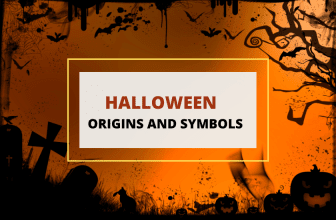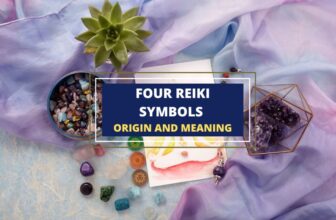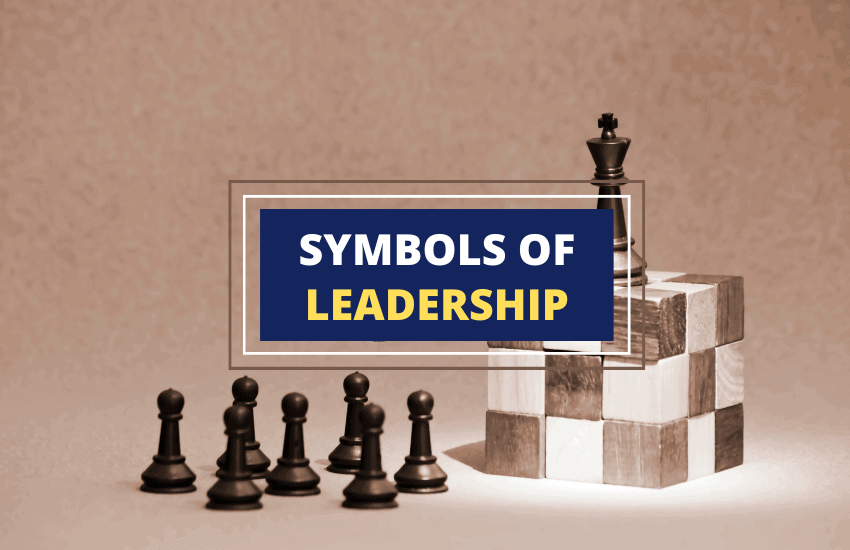
Table of Contents
Are you tired of boring leadership talks and workshops? Fear not, for we’ve got something fresh and fun for you!
In this article, we’ll explore 19 symbols of leadership that will have you learning and maybe even pondering its many mysteries.
From the power of the pharaonic scepter to the glory of a royal throne, we’ll delve deep into the world of leadership.
1. Pharaonic Scepter
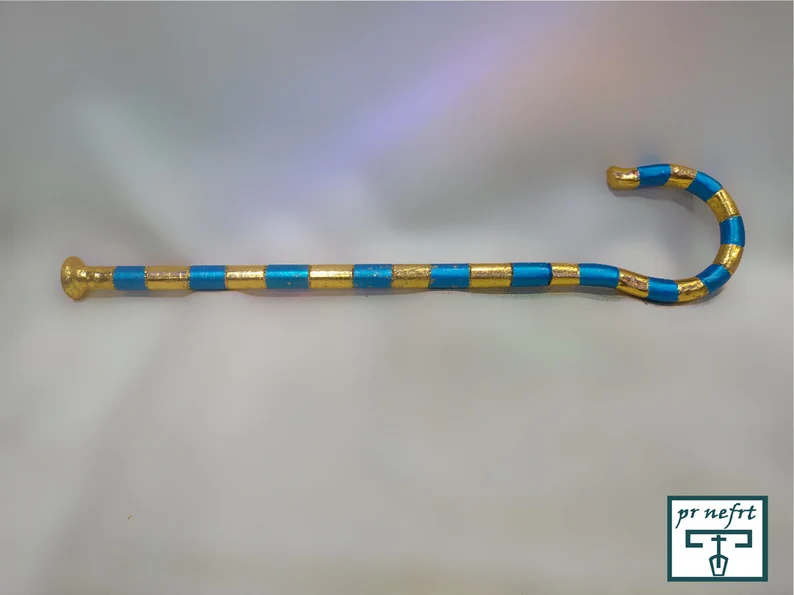
The Pharaonic scepter symbolized authority and leadership in ancient Egyptian culture. It was a long staff with a carved head, usually made of precious metals and adorned with precious stones.
The scepter represented the pharaoh’s power and was often depicted in royal portraits and tomb reliefs. The wand was also a symbol of the gods’ power and was used during religious ceremonies.
The Pharaonic scepter is not unique to ancient Egypt; it has been found in other cultures throughout history.
The ancient Greeks, for example, also used a scepter as a symbol of authority. In Greek mythology, Zeus carried a scepter representing his power as king of the gods.
Similarly, the Roman Empire used a scepter to symbolize imperial power, known as the fasces.
2. Chinese Imperial Seal
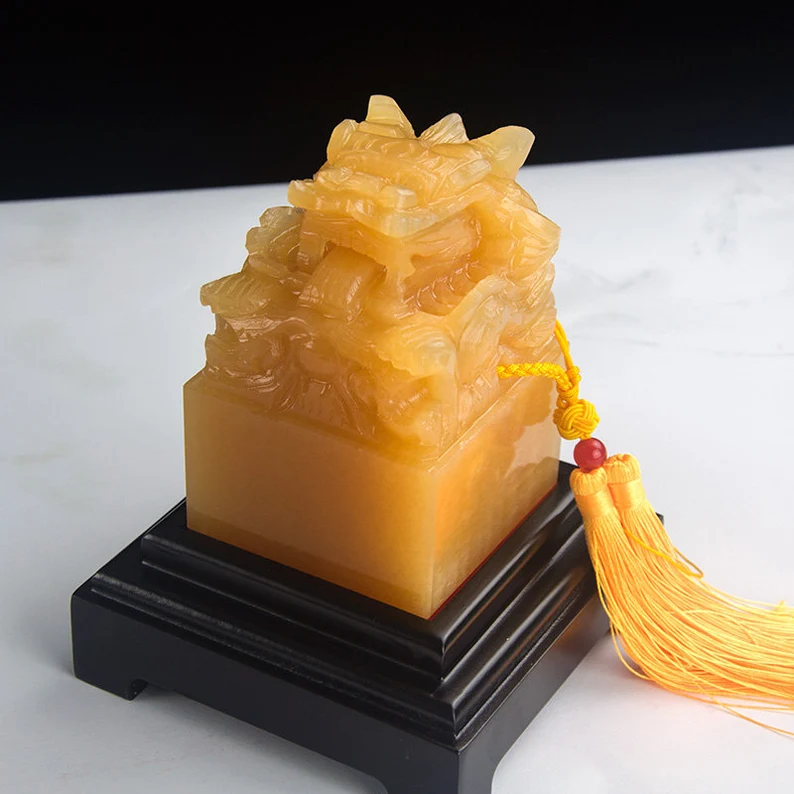
The Chinese imperial seal symbolized authority and leadership in ancient China. The seal was a rectangular piece of jade or other precious materials engraved with the emperor’s name and reign title.
The imperial seal was used to validate official documents, and its use was restricted to the emperor and his high officials.
The imperial seal was essential to the emperor’s regalia, representing his divine right to rule. It was also believed to possess magical powers that could protect the emperor from harm and ensure his success.
The use of imperial seals is not unique to Chinese culture. Similar seals have been used in other cultures throughout history, such as the royal seals of European monarchs.
In Japan, the emperor’s seal, the Chrysanthemum Seal, is still used today to authenticate official documents.
3. Armor
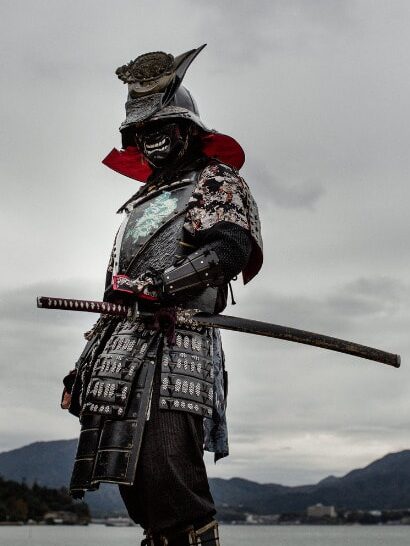
Armor has been used as a symbol of leadership throughout history in various cultures. It is a form of protective gear worn in battle and represents the warrior’s strength, power, and authority.
In ancient Rome, the armor symbolized a soldier’s status, and the type of armor a soldier wore would indicate their rank.
Similarly, in feudal Japan, samurai armor was an indicator of social status and a symbol of the warrior’s loyalty and dedication to their lord.
Armor has also been used as a symbol of leadership in recent history. During the Middle Ages, European knights wore armor to symbolize their chivalry and honor.
Armor was often adorned with symbols representing the knight’s personal or family crest, which added to their prestige and reputation.
4. Samurai Sword

The samurai sword, known as the katana, symbolized leadership in feudal Japan. The sword was more than just a weapon; it represented the samurai’s honor, courage, and loyalty to their lord.
The katana was crafted using traditional methods and was considered a work of art, with its blade representing the samurai’s soul.
The samurai sword was also a symbol of the samurai’s social status. The sword was a privilege that only samurai were allowed to carry, and the type of sword a samurai carried would indicate their rank and status.
5. Aztec Jaguar Warrior’s Headdress
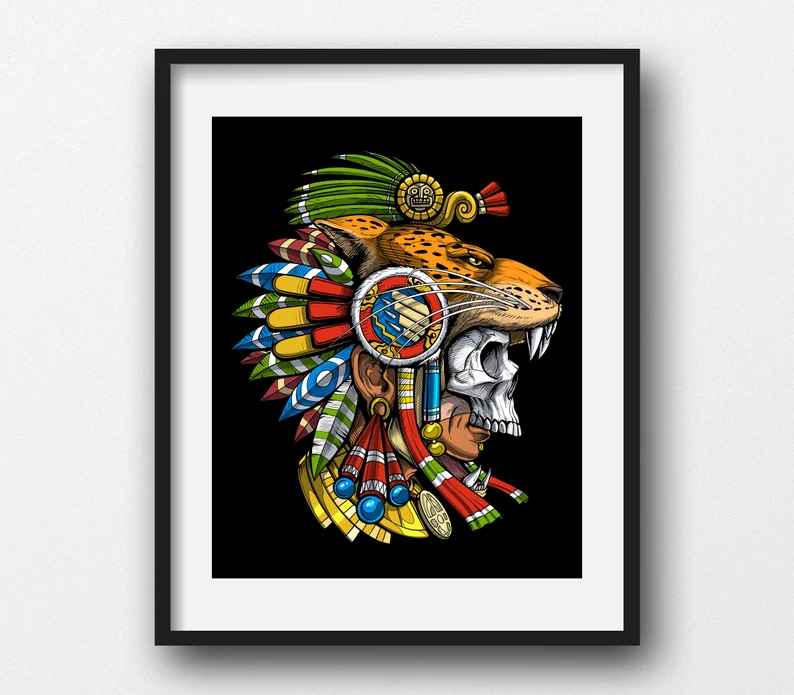
The Aztec Warrior Jaguar Headdress was a symbol of leadership in Aztec culture. The headdress was made of jaguar skin and featured a carved wooden mask with a protruding tongue and fierce eyes.
The headdress was worn by the Aztec elite warriors, who were known for their bravery and strength.
The jaguar headdress represented the warrior’s connection to the divine and was believed to grant them the power and courage of the jaguar. It also symbolized the warrior’s status and was worn only by the most elite warriors.
Similar animal-inspired headdresses have been used as symbols of leadership in other cultures throughout history.
In Native American cultures, for example, eagle feather headdresses were worn by tribal leaders and symbolized their connection to the spiritual world
6. Native American Chief’s Headdress
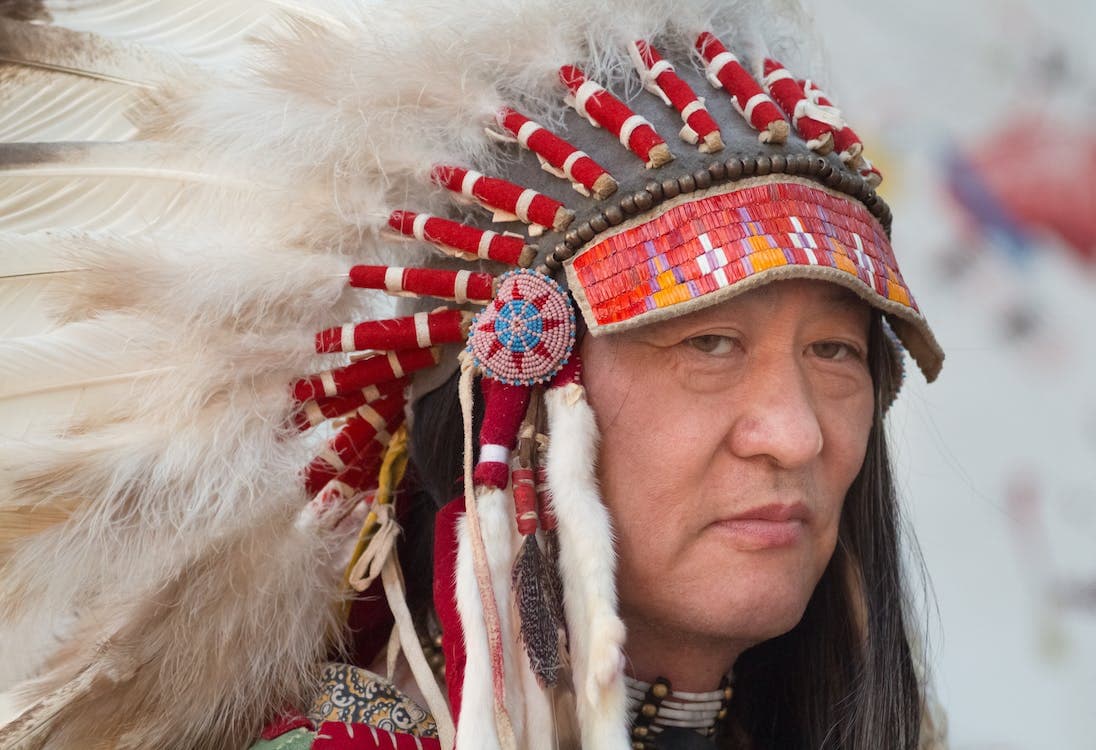
The Native American Chief Headdress symbolized leadership in many Native American cultures. The headdress was made of eagle feathers and was worn only by the most respected and honored members of the tribe, such as chiefs and medicine men.
The number of feathers on the headdress would indicate the leader’s status and accomplishments within the tribe.
The chief headdress represented the leader’s connection to the spiritual world and the wisdom and guidance they could offer their people.
It also symbolized the leader’s bravery and strength, as eagle feathers were believed to possess healing powers and protection from harm.
7. Scottish Clan Tartan
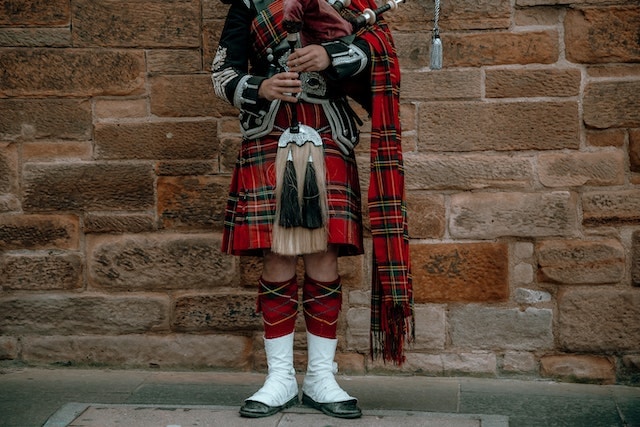
The Scottish clan tartan symbolized leadership and identity in Scottish culture. The tartan was a pattern of stripes and checks in various colors representing a particular clan’s history and traditions.
Each clan had its own tartan and wearing it was a way to show loyalty to the clan and its leadership.
The tartan was also used as a symbol of military leadership in Scotland. During battles, the clan chief would wear a tartan sash to signify their rank and to make them easily identifiable to their troops.
8. Roman Eagle Standard
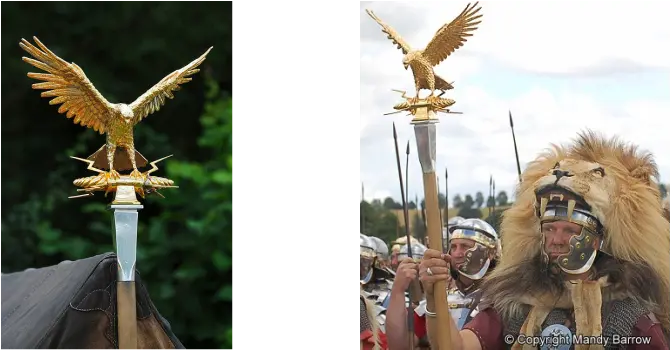
The Roman eagle standard, the Aquila, symbolized leadership and military power in ancient Rome.
The standard was a metal eagle mounted on a pole and carried into battle by the Roman legionnaires.
The eagle represented the power and authority of Rome, and its capture by enemy forces was seen as a great disgrace and loss of honor.
The eagle standard was also a symbol of the Roman emperor’s authority. In addition to military standards, the emperors would also carry an eagle standard during public processions and other important ceremonies.
The eagle represented the emperor’s divine right to rule and their connection to the gods.
9. Turban
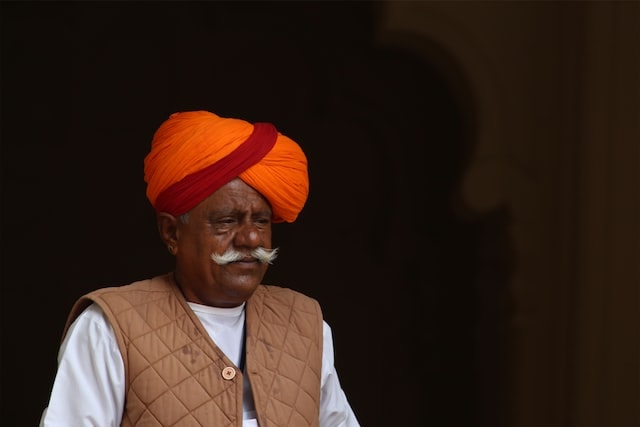
The turban is a symbol of leadership in many cultures around the world. In Sikhism, for example, the turban represents the Khalsa brotherhood’s commitment to their faith and serving humanity.
In India, the turban is worn by men of high social status, such as kings, princes, and spiritual leaders, representing their authority and power.
Similarly, religious leaders and scholars have worn the turban in the Middle East for centuries. The turban represents their knowledge, wisdom, and connection to the divine.
The turban has also become a symbol of cultural identity and resistance in modern times. In the United States, for example, Sikh Americans have faced discrimination and violence for wearing turbans.
Still, they have also used the turban to reclaim their identity and assert their leadership and pride in their heritage.
Overall, the turban represents leadership, authority, and cultural identity and has been used as a symbol of these values in various contexts throughout history.
10. Maori Tiki
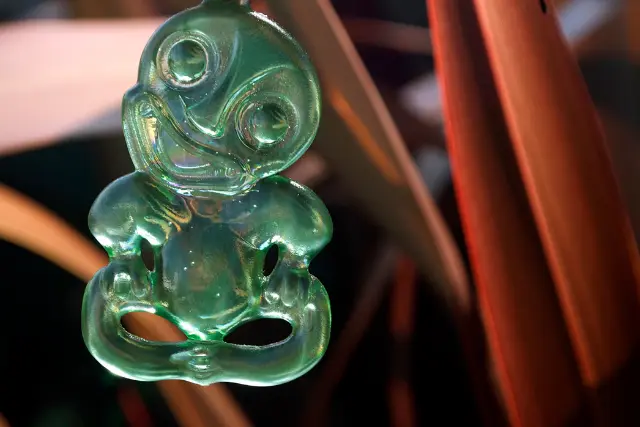
The Maori Tiki symbolizes leadership and cultural identity in Maori culture. The Tiki is a small, carved figure of a human form with a large head, often made of wood or greenstone. It’s believed to represent the first human ancestor and is considered a powerful talisman that protects its wearer from harm.
In Maori culture, the Tiki is also a symbol of leadership and authority. It is worn by tribal chiefs and leaders and represents their connection to the spiritual world and their responsibility to protect their people.
11. Islamic Star and Crescent
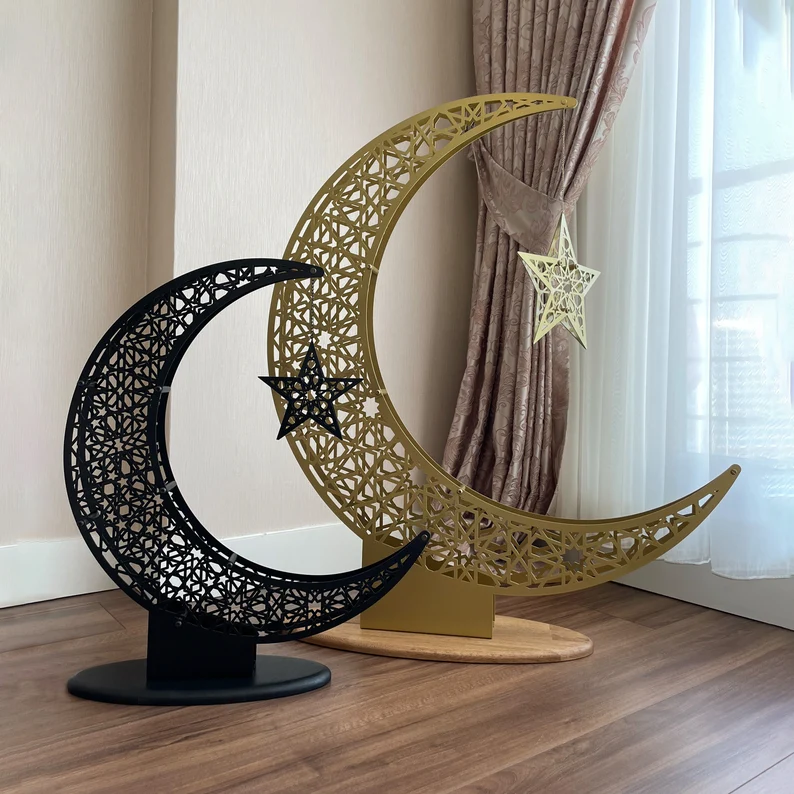
The Islamic star and crescent symbolize leadership and faith in Islamic culture. The crescent moon and star symbolize the Muslim lunar calendar and have been used as symbols of Islam for centuries.
The star and crescent have been used in various contexts throughout Islamic history. In Ottoman times, the symbol was used on flags and other national emblems, representing the empire’s political and military power.
Today, the star and crescent symbolize Islam in many countries and are often displayed in mosques, religious texts, and other Islamic materials.
12. Jewish Menorah
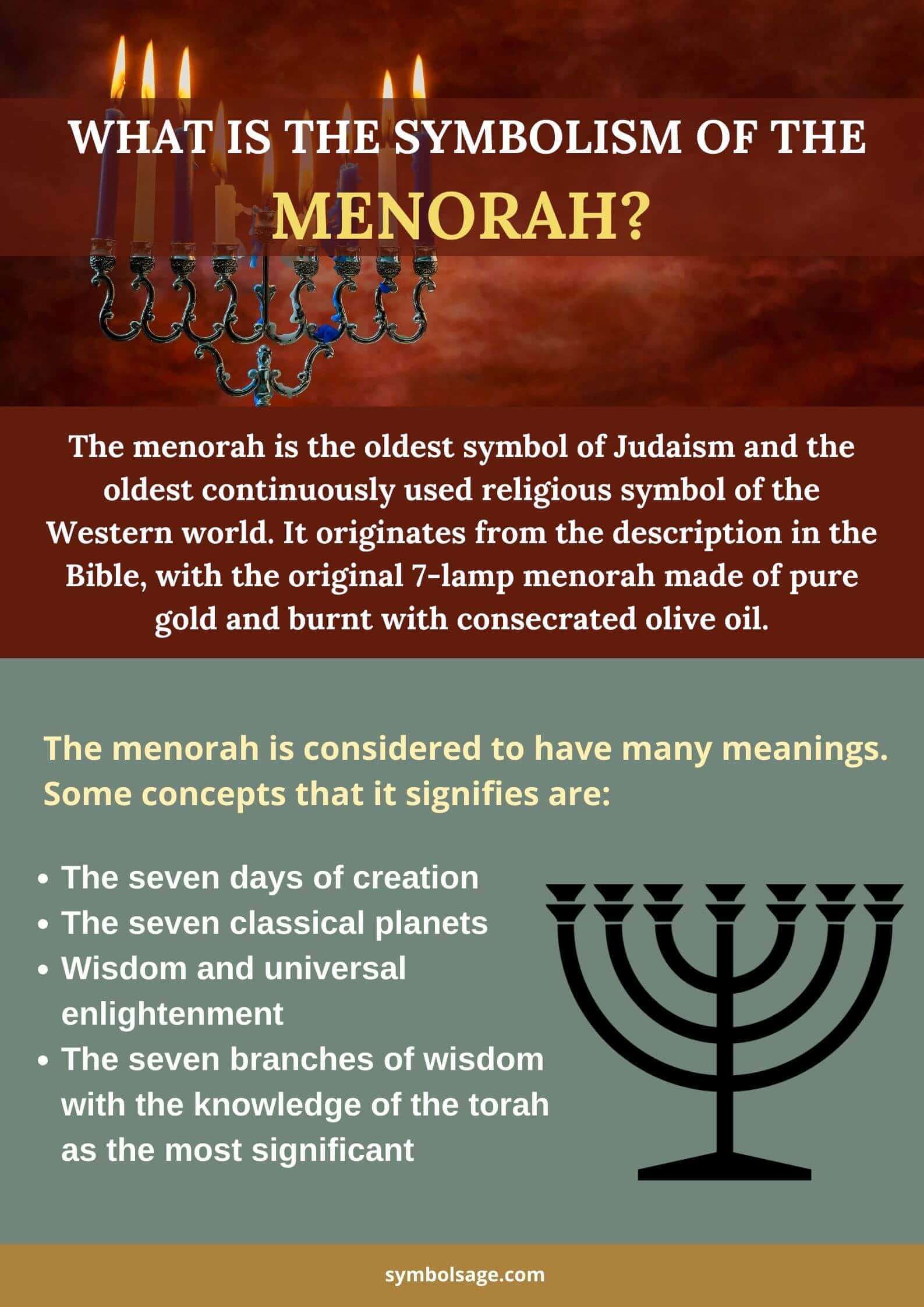
The Jewish Menorah is a symbol of leadership and faith in Jewish culture. The Menorah is a seven-branched candelabrum traditionally used in Jewish religious ceremonies.
It represents the lampstand kept burning in the ancient Jewish Temple and symbolizes the enduring light of the Jewish faith.
The Menorah has been used in various contexts throughout Jewish history. In ancient times, it was used in the Temple to symbolize the Jewish people’s connection to God and their faith.
Today, the Menorah is used in Jewish religious ceremonies and is often displayed in synagogues and Jewish homes as a symbol of faith and cultural identity.
13. Buddhist Wheel of Dharma

The Buddhist wheel of Dharma, also known as the Dharmachakra, symbolizes leadership and enlightenment in Buddhist culture.
The wheel represents the Buddha’s teachings, which he gave his first sermon after enlightenment. It has eight spokes, symbolizing the Eightfold Path, the Path to enlightenment in Buddhism.
The wheel of Dharma has been used in various contexts throughout Buddhist history. It is often displayed in Buddhist temples and other religious materials as a symbol of the Buddha’s teachings and the Path to enlightenment. The wheel is also a popular tattoo design among Buddhist practitioners.
14. Hindu Om
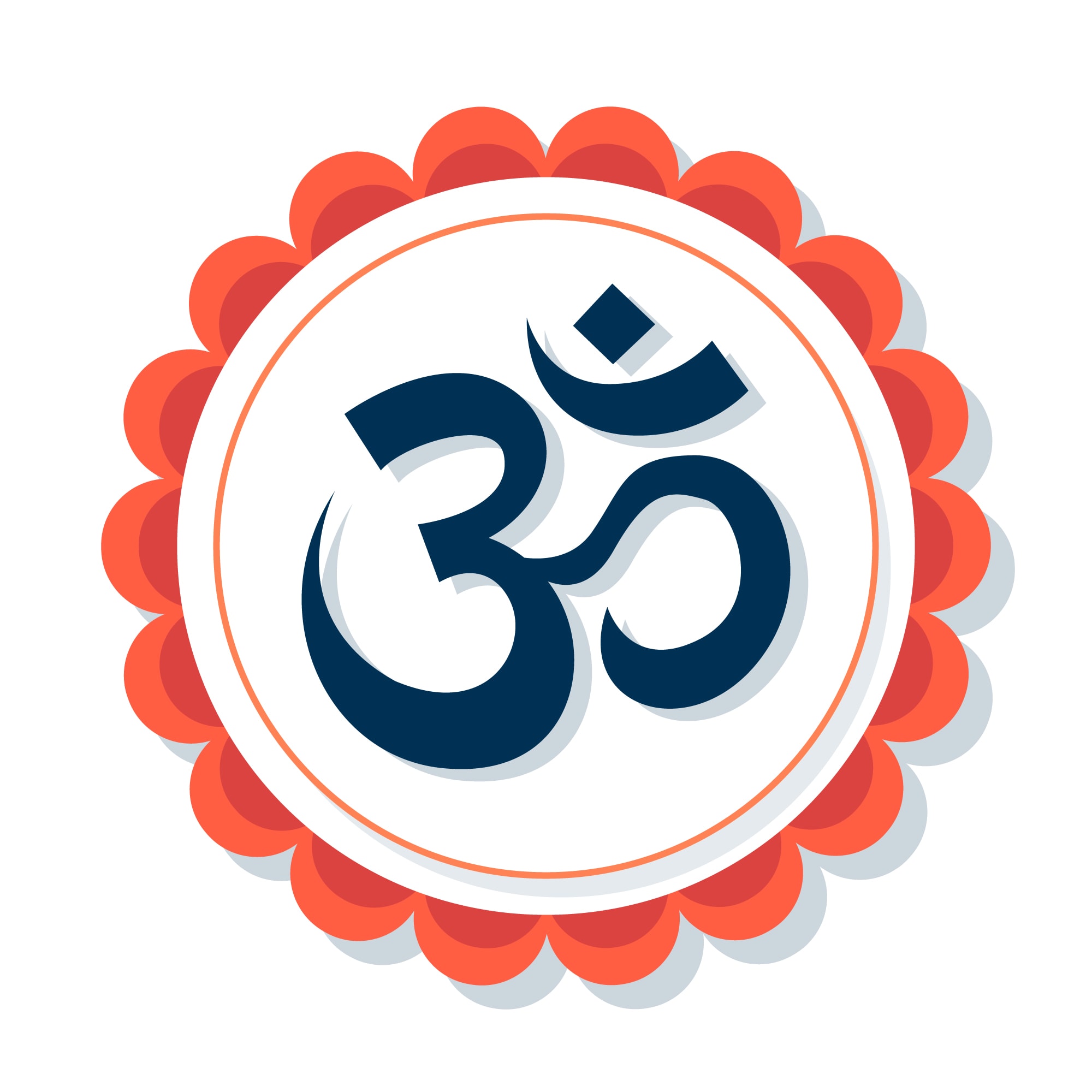
The Hindu Om symbolizes leadership and spiritual awareness in Hindu culture. The Om symbol represents the sound of the universe and the unity of all things in Hinduism. It is a sacred sound and is often chanted during meditation and prayer.
The Om symbol has been used in various contexts throughout Hindu history. It is often used in Hindu ceremonies and displayed in temples and other religious materials. The symbol is also a popular tattoo design among Hindu practitioners.
15. Zoroastrian Faravahar
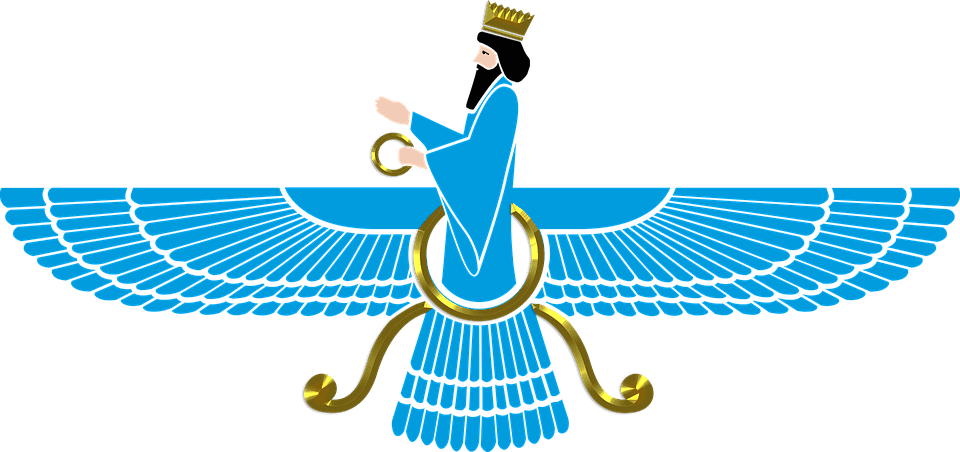
The Zoroastrian Faravahar symbolizes leadership and spiritual guidance in Zoroastrian culture. The Faravahar depicts a winged figure with a human face and outstretched arms, representing the individual’s journey through life and their connection to the divine.
The Faravahar has been used in various contexts throughout Zoroastrian history. It is often used in Zoroastrian ceremonies and displayed in temples and other religious materials. The symbol is also a popular tattoo design among Zoroastrian practitioners.
16. Shinto Torii Gate
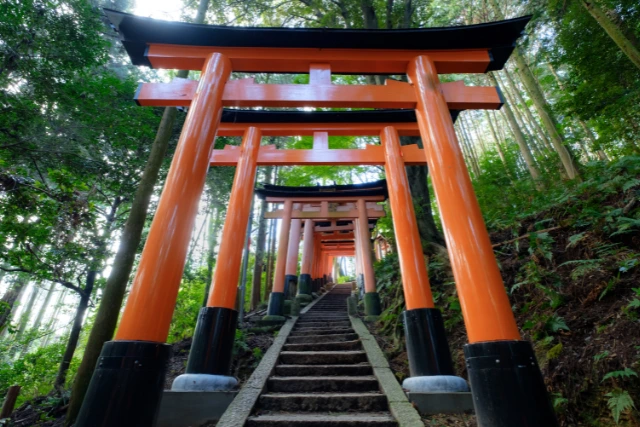
The Shinto Torii gate symbolizes leadership and spiritual power in Shinto culture.
The Torii gate marks the entrance to Shinto shrines and is believed to symbolize the division between the spiritual and physical worlds. It represents the boundary between the sacred, and the profane and is a gateway to the divine.
The Torii gate has been used in various contexts throughout Shinto history. It is often used in Shinto ceremonies and displayed in temples and other religious materials.
The gate is also a popular tourist attraction in Japan and is often photographed by visitors.
17. Inuit Qujanaq
The Inuit Qujanaq is a symbol of leadership and gratitude in Inuit culture. Qujanaq is an Inuit word that means “thank you” and is often used to express gratitude for the help and support of others. In Inuit culture, gratitude is seen as a sign of humility and leadership.
The Qujanaq has been used in various contexts throughout Inuit history. It is often used in Inuit ceremonies and expressed through song and dance.
18. Buddhist Bodhisattva
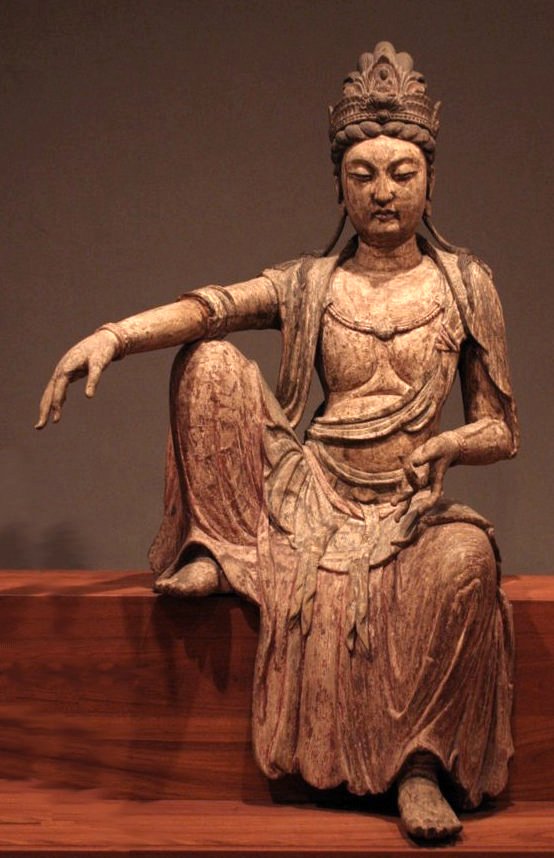
The Buddhist Bodhisattva is a symbol of leadership and compassion in Buddhist culture. The Bodhisattva is a being who has achieved enlightenment but has chosen to delay entering nirvana to help others on their Path to enlightenment.
The Bodhisattva represents selflessness, compassion, and leadership in the Buddhist tradition. It has been used in various contexts throughout Buddhist history.
It is often depicted in Buddhist art and is the focus of Buddhist religious ceremonies. The Bodhisattva is also a popular subject of meditation for Buddhist practitioners.
19. Confucianism’s Ren
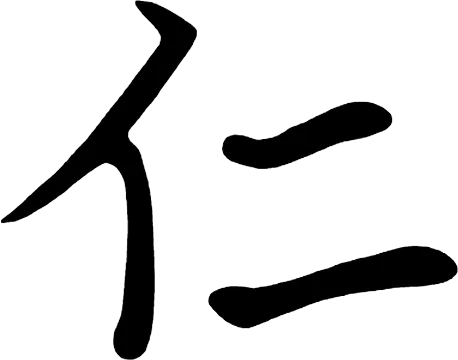
Ren is a concept in Confucianism that represents leadership through moral character and virtuous behavior. It encompasses values such as benevolence, kindness, and compassion, emphasizing the importance of cultivating these virtues to become a true leader.
Ren has been used in various contexts throughout Confucian history. It is often discussed in Confucian texts and teachings and is a central tenet of Confucian philosophy.
The concept of Ren also emphasizes the importance of personal relationships and social harmony in leadership.
Wrapping Up
Leadership is complex and multifaceted, but sometimes the simplest symbols can teach us how to become better leaders.
By exploring 19 symbols of leadership in this article, we’ve learned that inspiration can come from unexpected sources and that even the smallest objects can carry powerful meaning.
We hope this article has not only entertained you but also provided you with valuable insights into the art of leadership.
Similar Articles:
12 Powerful Symbols of Authority and What They Mean
19 Popular Symbols of Power with Their In-Depth Meaning
15 Powerful Symbols of Empowerment and Their Meanings
29 Powerful Symbols of Achievement and Success and What They Mean






